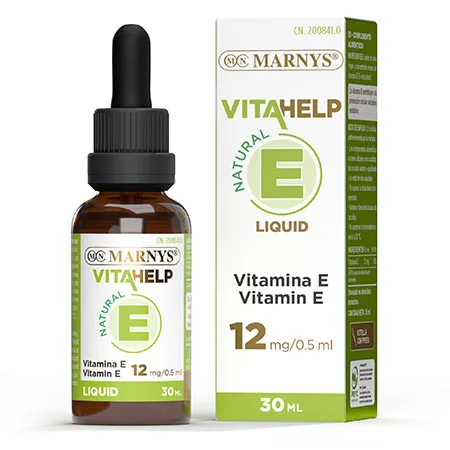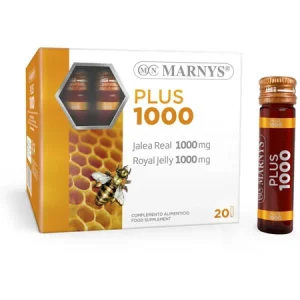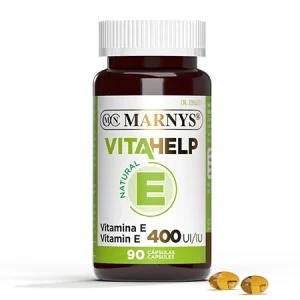? Ask us your questions
Share on social networks
TO KNOW MORE
What is vitamin E and what forms does it take?
The term vitamin E is used as a generic designation for a group of eight fat-soluble compounds produced exclusively by plants.
These compounds are divided into two classes, tocopherols and tocotrienols, which exhibit the biological antioxidant activity of vitamin E. Vitamins in both classes are designated by the Greek letters α, β and ɣ. The most biologically active antioxidant is d-α-tocopherol. All plants appear to contain α-tocopherol in their leaves and other green parts, while ɣ-tocopherol is generally present in lower concentrations.
Vitamin E was isolated from wheat germ in 1936 by the research group led by Dr. Evans, who named it α-tocopherol. The name tocopherol comes from the Greek ‘tokos‘, meaning birth, and ‘phérein‘ meaning to bear, with an ‘ol‘ to indicate it was an alcohol.
The natural sources of vitamin E come mainly from vegetables: cereal grains and nuts, beans and seeds, which are rich in fatty acids as well. The vegetable oils extracted from these vegetable sources are the richest dietary sources of vitamin E. Cereal products, fish, meat, eggs, dairy products, and green leafy vegetables also provide significant amounts.































Reviews
There are no reviews yet.